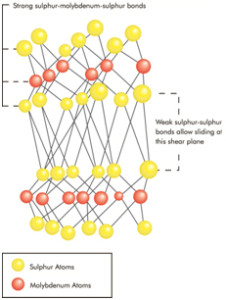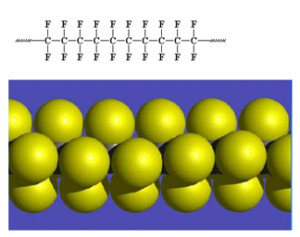
Dry film lubricant coatings are used as a viable alternative to more traditional lubrication methods such as grease and oil as they offer longer lasting lubrication and can be used in extreme and adverse conditions. In addition they can eliminate galling and seizing, reduce friction and operate well in a vacuum and we have included further information on the properties of these coatings below.
E/M Coating Services recommend and supply the Everlube® range of coatings. Everlube are a leading manufacturer of high performance dry film lubricants and these coatings can be supplied on a product basis or can be applied by E/M Coating Services.
If you require more information on the Everlube dry film lubricant product range, please view www.everlube.co.uk or download the Everlube Coating Matrix, which highlights a selection of products covering a whole range of properties and functions. Alternatively contact us to discuss your dry film lubricant requirements in more detail and an experienced engineer will be happy to assist. However, if you wish to find out more about dry film lubricants and how they work then please click on the following links:
Dry film lubricants are complex coatings made up of lubricating pigments in a continuous matrix of a binder. This tough coating layer provides low frictional resistance between two mating parts. The lubricating pigments fit into two main categories; crystalline lattice (lamella) type structures such as Molybdenum Disulphide, Tungsten Disulphide and Graphite or Fluorocarbons such as PTFE. These varying pigments can be combined with a wide range of resins to achieve different properties, such as: high load bearing, very low coefficient of friction, high temperature, chemical resistance, corrosion resistance, abrasion resistance.
Dry film lubricants can be used for a number of different reasons. They are often used when liquid lubricants (grease/oil) cannot be used. Liquid lubricants have a relatively narrow band of usable conditions. Once out of this band (due to temperature, load, wear, migration, debris) the liquid can change fluid state and no longer provide protection. In these conditions a dry film lubricant will remain intact and provide continuous lubrication.
Molybdenum Disulphide (MoS2) is a good example. The structure of MoS2 can be seen in Figure 1. Although the bonds between the Molybdenum and the sulphur atoms are strong, the bonding between the crystalline lattice layers (sulphur to sulphur) are weak. This means the shear forces between the layers are very low. This shearing at the weak shear planes, provides the lubricity between sliding surfaces. This lubrication mechanism is the same for Tungsten Disulphide and Graphite.

There are three key factors that give PTFE its unique ‘anti stick’ properties. They all derive from its chemical structure, displayed in Figure 2. PTFE is made up of a chain of carbon atoms, with two fluorine atoms on each carbon. The first thing that is noted about the structure in Figure 2, is that the fluorine atoms are far larger than the carbon atoms, effectively shielding them. Therefore, it’s almost impossible for any other chemical structure to gain access to the carbon atoms. The second and key factor is the bond strength between the carbon and the fluorine. Even if another atom or substance could gain access, the carbon-tofluorine bonds have an extremely high bond dissociation energy (BDE) of up to 544 kJ/mol., making them almost unbreakable. The third factor is that fluorine is naturally an ‘anti social’ atom, which physically wants to repel other atoms. The combination of these factors gives PTFE coatings their ultra low coefficient of friction and excellent chemical resistance.

© 2025 Curtiss-Wright Corporation | User agreement | Privacy Notice | Cookies | Sitemap | T&Cs | GPG | Investor Relations | Terms of Use